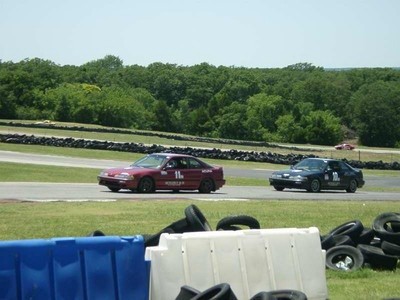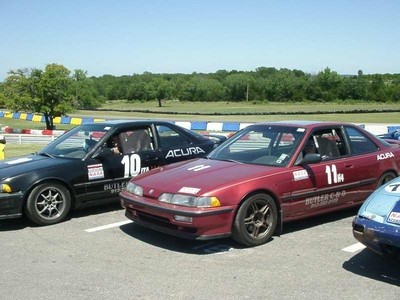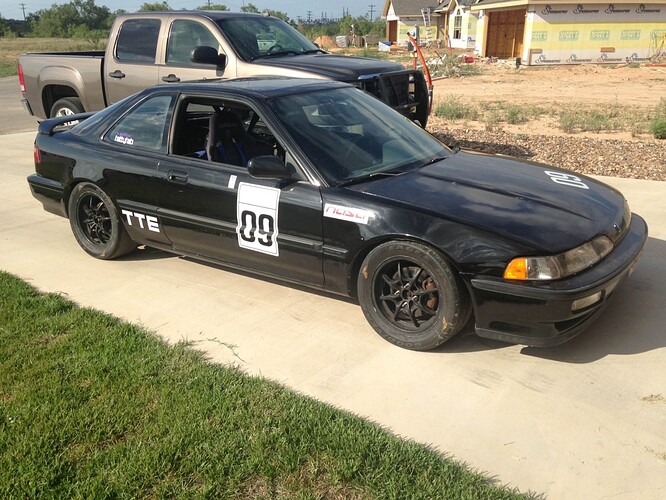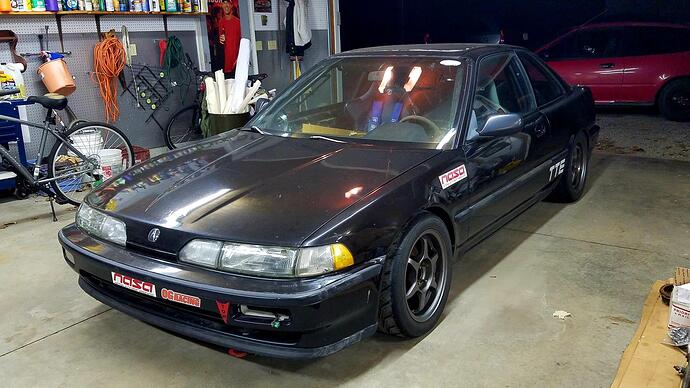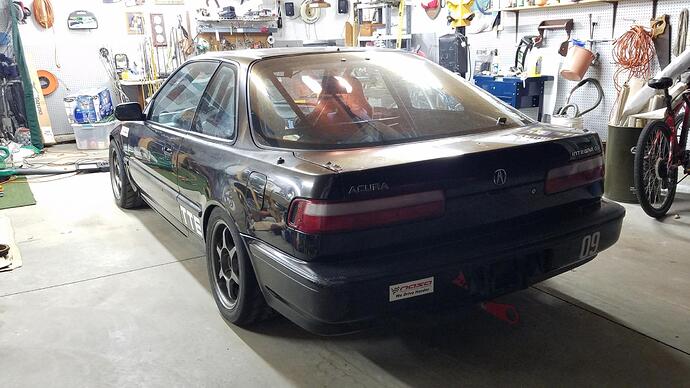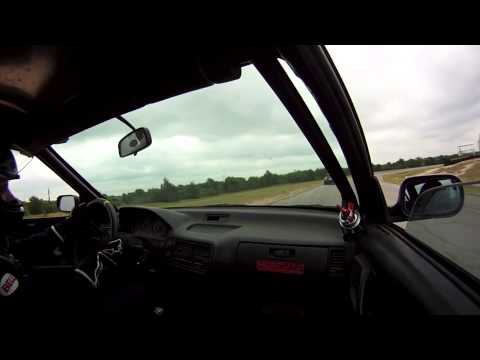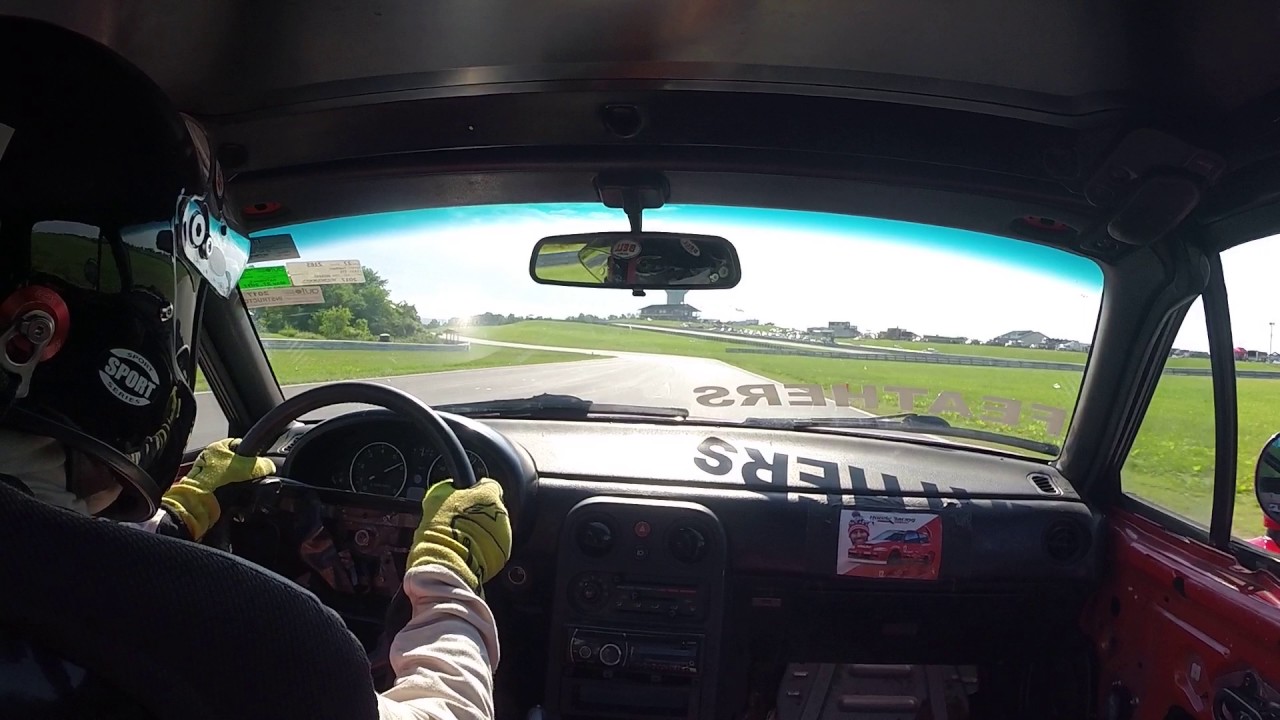I’m new to the board, so this is my 1st post here. My brother and I run in NASA Great Lakes, and have been in the region since 2015, obtaining regional championships in the now old TTE in 2016 and 2017. Since the Miata is a daily driver car, we were looking at getting into Spec Miata, but stumbled across a caged 1991 Integra GS for sale for a good deal, so we jumped on it to put it in NASA PTE, which has since changed to ST6, so it changed our plans a bit.
A bit of history on the car, is that the owners had the car as a daily driver in Texas, then in 2004, decided to cage the car and set it up for a modest SCCA ITA build, and NASA Honda Challenge 4, where it competed for 3 years, and then had a sparsely tracked period in HPDE and TTE in Texas. Then the owner moved to Michigan, and obtained a different track car, placing the Integra for sale.
Needless to say, we bought the car, but with years of time trialing, it requires numerous investments in safety updates and modifications.
Purchased with:
Cage installed…kind of
Drive Shaft Shop Axles
Kill Switch
ABS delete minus ABS brake booster
Koni Yellows on H&R race springs
DC sports header
Hondata piggyback on 94 Integra ECU/Distributor.
Progress Rear Anti Sway Bar
Now the car SUPPOSEDLY dynoed at 134 or 143 peak hp at an unknown weight. We competed against the car one time at a NASA event in 2016, where the car ran 1:49s on R888s, and the driver’s 1st time on the track.
So the build begins…
This car is PRIMARILY being built for ST6, but will still be compatible with being classed in Honda Challenge 2. Major issues involve updating the seat, nets, harness, extinguisher, and for whatever reason, the original cage builder, built the cage illegally(by today’s standards), by having a non-straight diagonal in the main hoop). We have a friend that can cut and weld in a legal revision to the main hoop to make it good to go.
Now, the other part of the process is understanding what we have to work with. Weight is unknown, so I had to make the single largest racing purchase with getting a set of used racing scales, which indicated that the car, with no driver, passenger seat still in, and 1/5th tank of gas resulted in a weight of 2285lbs. Lighter than I expected. The race weight is still to be determined. By rule, HC2 should be immensely faster than ST6, but lap times and records tend to prove otherwise. ST6 will likely be in the 1:40s on Mid Ohio’s pro course, where as HC2’s track record was in the 1:38s. Carrying the max of ballast of 250lbs in ST6, means that we could remove 250lbs to go to ST6, hypothetically with no other changes. 250lbs in our 2185lb(with driver) and 116ish RWHP Miata is EASILY 2.5 seconds at Mid Ohio. It’s hard to say if the same will prove true with this Integra platform.
First things first though is the car has to be competitive enough to get into the 1:40s(or faster) at Mid Ohio to compete at NASA National Championships this year. This car is still a LONG way off, and we are the poorest people in racing(literally). We will miss the opening event at NCM Raceway at the end of the month, but hope to at least do time trial at Mid Ohio at least to test the car’s baseline out.
ST6 is a raw power:weight ratio of 18:1 with modifiers, so there are numerous options for power:weight choices that are to be determined.
Performance options to be added:
-Mishimoto Dual Row Radiator(facebook marketplace special)
-Koni Yellow rebuild/race revalve at TruChoice with a TBD linear spring rates
-Battery Relocation to passenger footwell with DEKA ETX20
-Window Weld in OEM engine mounts
-Add OEM non-ABS brake booster
-Add adjustable brake proportioning valve
-Gut hood and tailgate to the most while still being structurally integral.
-Add Lexan to windows
-Possible PLM Toda header
-Possible custom intake
-4.9 or 5.1 final drive
-possible different 5th gear
-Add LSD of some form
-Add 15x9 wheels with 225 hoosiers up front.
There are various other tidbits, but it should be interesting. This a totally new, foreign world to me compared to the Miata, so hopefully it works out.
